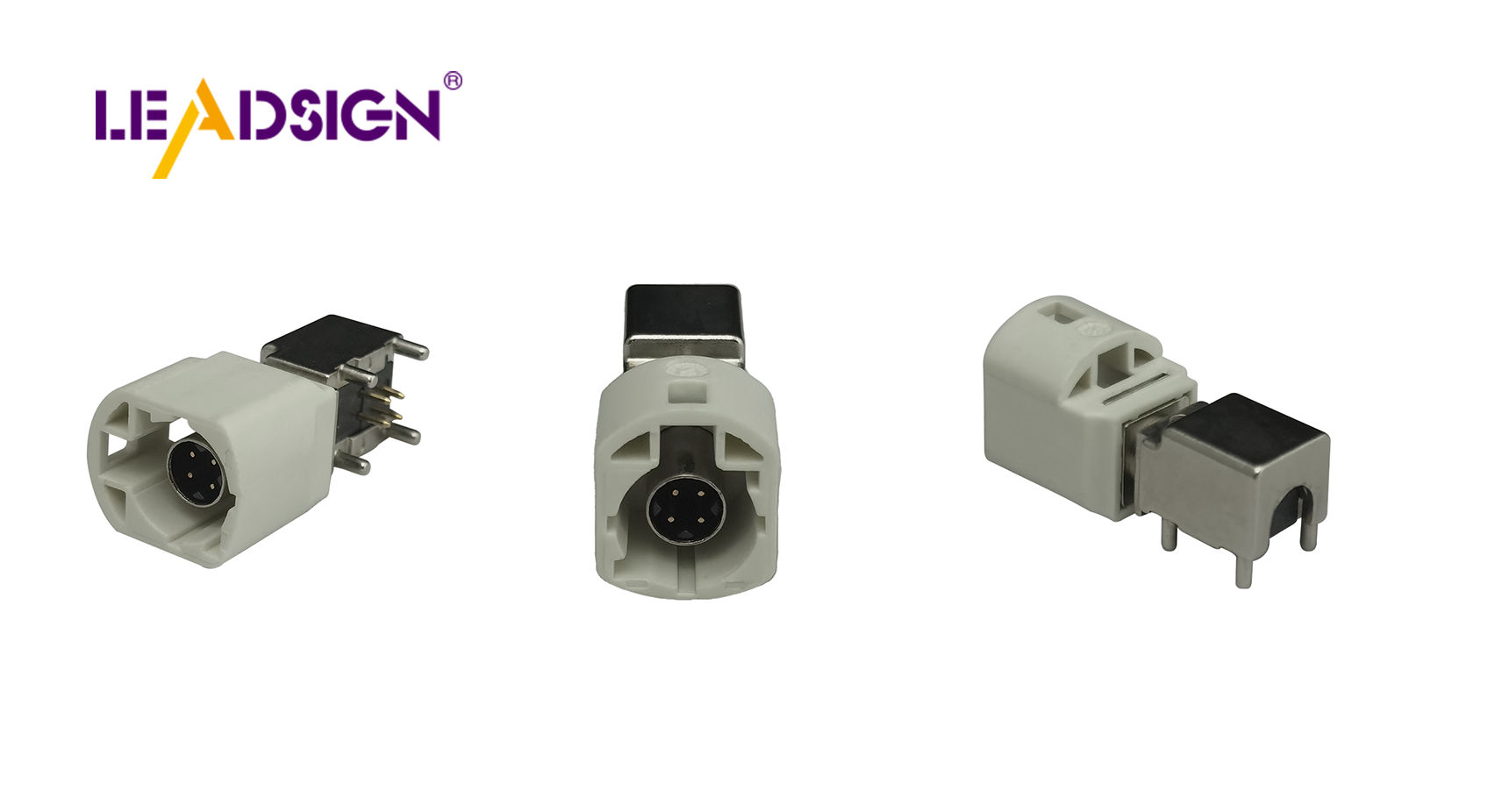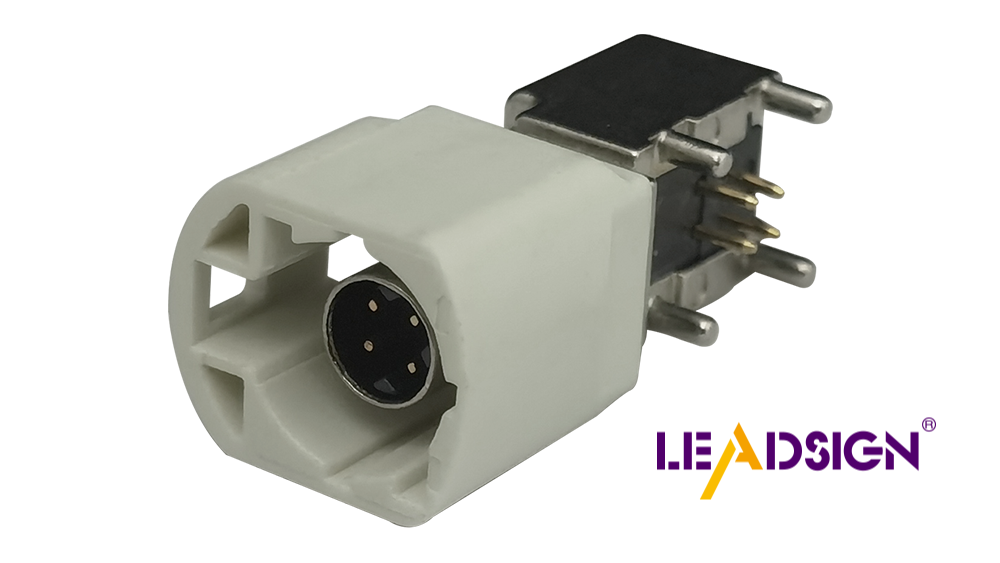Top 3 Automotive Electrical Connectors Types Compared

Automotive electrical connectors play a crucial role in vehicles, facilitating the safe and efficient connection of electronic components. The demand for these connectors is on the rise, with a projected growth rate of 6.7% from 2024 to 2030, underscoring their increasing significance in the automotive industry. Among the various automotive electrical connectors types, notable examples include the HSD Connector, DEUTSCH DT Series, and Molex MX150. Each of these connectors offers distinct advantages, positioning them as essential components in modern vehicles.
Overview of Automotive Electrical Connectors
Definition and Function
Automotive electrical connectors are key parts in cars. They help send electrical signals and power between different car parts. These connectors support modern car technology, allowing new features to work.
Role in Vehicle Electrical Systems
Connectors join electronic modules, sensors, and actuators in cars. They help the engine control unit talk to infotainment systems and safety features. Good connections keep the car working well.
Importance for Safety and Performance
Connectors are important for safety and performance. Cars need strong connectors for airbags and brakes. More plastic optical fiber cables show how connectors boost safety. Reliable connectors stop electrical problems, so safety systems work right.
General Types of Connectors
There are many types of automotive connectors for different uses. Knowing these helps pick the right one.
Criteria for Selection
When picking connectors, think about:
Durability: They should handle tough conditions like heat and shaking.
Compatibility: Must fit with OEM designs as noted by Eigen Engineering.
Safety Standards: Must meet strict rules, especially in Europe.
Common Challenges and Solutions
Connectors can rust or wear out. To fix this, makers use better materials and designs. Sealed connectors keep water out to stop rusting. Locking systems keep them connected even if shaken.
Top 3 Automotive Electrical Connectors Types

Type 1: HSD Connector
HSD Connectors are key in car electronics. They send data fast. They work well with cameras, USBs, and Firewire.
Mechanical Properties
Primary and Secondary Lock: Keeps connections tight.
Crimp Connection: Makes strong electrical links.
High Cable Retention Force: Stops cables from coming loose.
High Coding Efficiency: Different codes stop wrong connections.
Applications
Car electronics
Radio stations
Infotainment systems
Networks
USB versions 1 to 3
Ethernet
Firewire (IEEE 1394)
GVIF
Leading Manufacturers
LEADSIGN: Known for cool designs in car electronics.
Amphenol: Famous for flexible circuit connectors.
TE Connectivity: Makes special products for car cameras.
Type 2: DEUTSCH DT Series
The DEUTSCH DT Series connectors are tough and last long. They are used in big trucks and building machines.
Mechanical Properties
Rugged Design: Handles tough conditions.
Sealed Construction: Blocks dust and water.
High Durability: Lasts a long time.
Applications
Big vehicles
Building machines
Farm equipment
Boats
Leading Manufacturers
TE Connectivity: Sells many DEUTSCH connectors.
Mouser Electronics: Ships DEUTSCH products worldwide.
J.S.T. Mfg Co. Ltd: Known for good car connectors.
Type 3: Molex MX150
Molex MX150 connectors are small and useful. They work inside or outside cars, even when wet.
Mechanical Properties
Compact Design: Fits in small places.
Waterproof: Good for outside use.
Robust Construction: Works well over time.
Applications
Signal lights
Motor controls
Side mirrors
Blind spot sensors
Leading Manufacturers
Molex Incorporated: A top name in car connector tech.
Yazaki Corporation: Offers many vehicle connectors.
D.R. Company: Supplies car electrical parts.
Comparing Connectors
Important Comparison Points
Mechanical Features
When looking at car connectors, mechanical features are key. Each type has special traits that affect how it works in different places. For example, the HSD Connector holds cables tight and connects well. The DEUTSCH DT Series is tough and keeps out dust and water, perfect for rough spots. The Molex MX150 is small and waterproof, good for inside or outside cars.
Uses
These connectors have different uses too. The HSD Connector is great for fast data in car tech and infotainment. The DEUTSCH DT Series works best in big trucks and boats because it's strong. Meanwhile, the Molex MX150 fits signal lights and sensors due to its small size.
Maker Reputation
Who makes these connectors matters a lot too. Top makers like LEADSIGN, Amphenol, and TE Connectivity are known for good designs. TE Connectivity is famous for camera system parts in cars. Also, Molex Incorporated and Yazaki Corporation have many quality products that meet strict rules.
Special Traits and Benefits
Specific Examples
Each connector has special benefits for certain needs. The HSD Connector stops wrong connections with high coding efficiency, important for complex systems. The DEUTSCH DT Series protects against dust with sealed design, lasting long in hard places. The Molex MX150 fits easily into small spaces, ideal for new car designs.
Insights from Data
Data shows materials matter a lot for connector performance. Materials like X, Y, Z work well in tough spots or when used often. They make connectors last longer and stay reliable over time. Knowing this helps makers build better products that keep cars safe.
The blog looked at three main car connectors: HSD, DEUTSCH DT, and Molex MX150. Each one has special features and uses. They fit different car needs. When picking a connector, think about how it connects, where it will be used, and the power needed. Good connectors keep cars safe and working well. As tech gets better, strong connectors are more important because of new safety rules. Choosing the right connector makes cars last longer and helps with future car ideas.
See Also
Significance of Fakra Auto Connectors in Contemporary Cars
Fundamentals of HSD Connectors in Auto Sector
Benefits of HFM Connectors in Auto Sector

